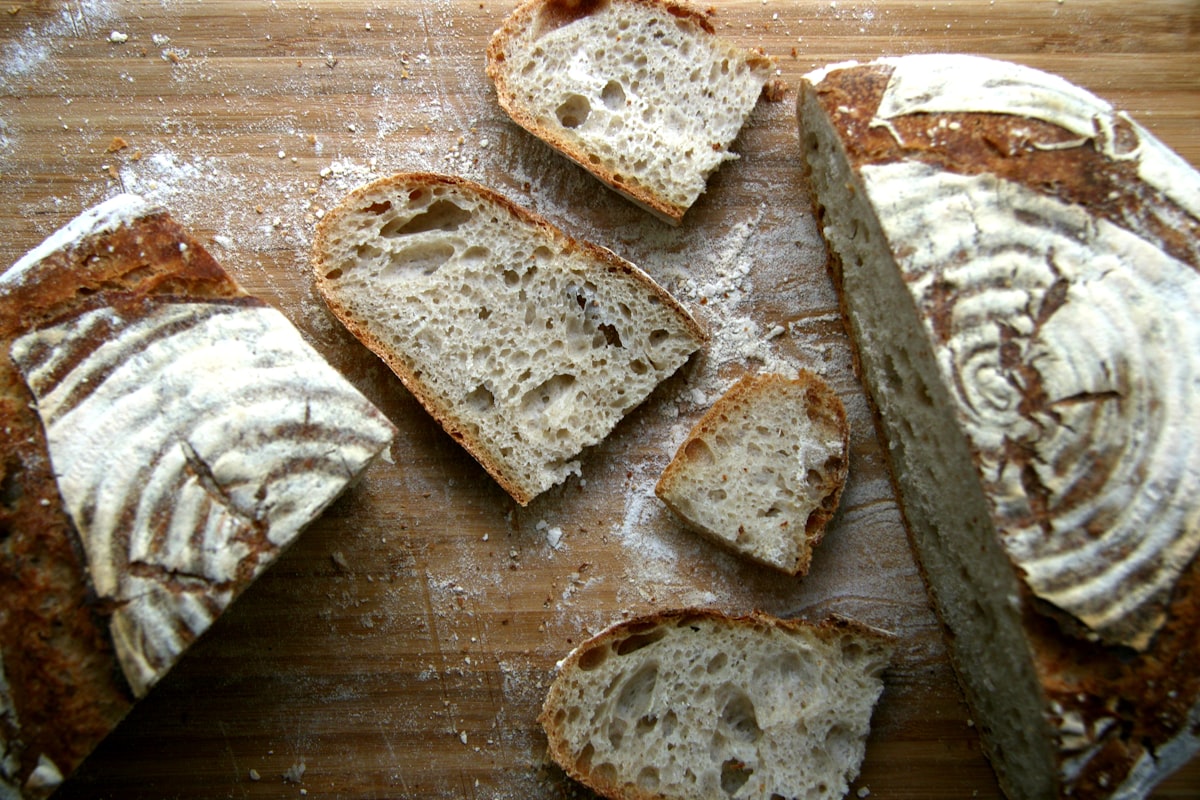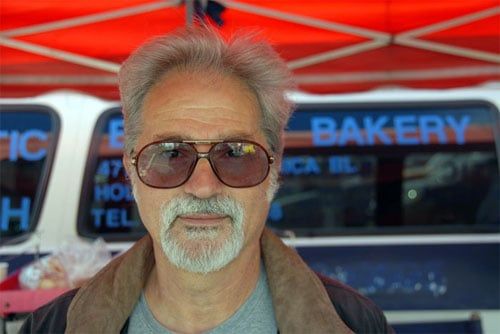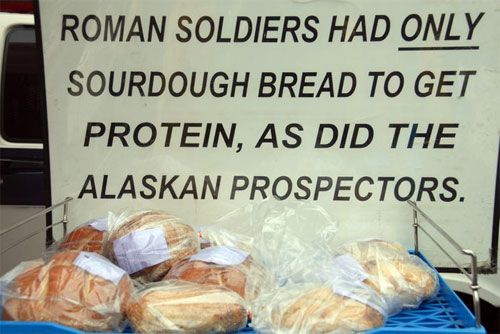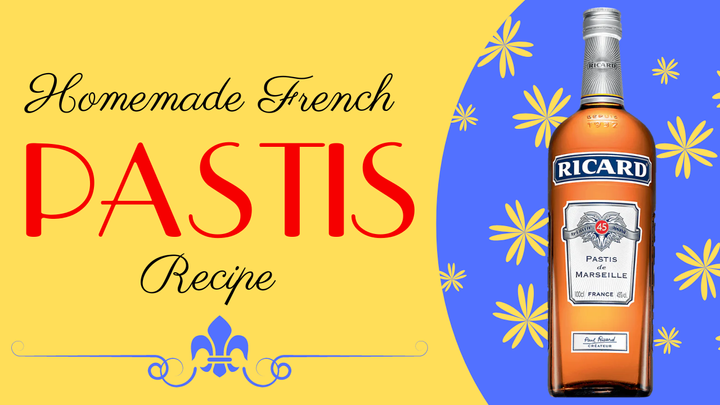Top 10 Reasons To Eat Sourdough Bread Even If You’re Gluten Intolerant
The other day I went to the farmer’s market in Santa Monica and spent some time talking to Jack Bezian of Bezian’s Bakery, the home of Los Angeles Sourdough.


The other day I went to the farmer’s market in Santa Monica and spent some time talking to Jack Bezian of Bezian’s Bakery, the home of Los Angeles Sourdough. I say “spent some time” which makes it sound like twenty minutes or so, but the truth is I must have talked to him for a couple of hours.
The man is a font of fascinating information about health, nutrition, probiotics, gluten intolerance, and fermented foods. He’s been baking traditional sourdough bread since 1966. I’m not talking about the fake stuff you find in grocery stores — this is bread made from a living sourdough starter.
Most modern bread is made with baker’s yeast. Sourdough starter is the traditional way of making bread. It’s how everyone used to make bread before they had commercial baker’s yeast. There are many advantages to eating naturally fermented bread instead of modern bread made with yeast.
Let me share with you some of the things baker Jack Bezian teaches about real, traditionally prepared, naturally fermented sourdough bread — and why it’s so much healthier for us than yeast bread.
First of all, the real sourdough they bake at Bezian’s Bakery is probiotic, like kefir or yogurt, containing multiple strains of beneficial microflora. Bezian’s Bakery has a very slow process of baking which allows the bread to ferment for several days up to a month. This helps to promote the growth of more probiotic organisms.
These probiotic microorganisms:
1. Digest and assimilate (properly absorb) the foods you eat. Without adequate beneficial microflora in your gut, you can’t absorb nutrients in the foods you are eating.
2. Are necessary in order to maintain a healthy intestinal tract.
3. Contain uniquely balanced proteins, fatty acids, cellulose, minerals, and innumerable other nutrients our bodies need.
4. Provide vitamins B1 through B6 from lactobacillus and B12 vitamins from wild yeast. Wild yeast multiplies aerobically. This is because they have oxygen in them (not free radical oxygen ions) that feed your blood cells and not cancer cells. Most plant proteins including grains, seeds, cereals, beans, nuts, and some grasses form gluten. However, sourdough microflora has all the amino acids available, without the protein that forms gluten.
5. Depletes damaged starch in bread, thus diabetic people should not get insulin shock. It is a misconception that whole wheat is better than white flour for diabetics (the Glycemic difference is only 1%).
6. Produce acids, which will break down and remove some of the glutens from the bread. Acids do not allow mold and most bad bacterial growth. Alkaline with high pH allows mold growth and toxins. Mold ferments at a higher pH, allowing bad bacterial growth and the secretion of toxins. The absence of acids is abnormal, even animals have acid stomachs to kill bad bacteria.
7. Offset the effects of phytic acid, which robs your body of precious minerals.
According to Wikipedia:
Phytic acid is found within the hulls of nuts, seeds, and grains. In-home food preparation techniques can reduce the phytic acid in all of these foods. Simply cooking the food will reduce the phytic acid to some degree. More effective methods are soaking in an acid medium, lactic acid fermentation, and sprouting.
Phytic acid is a strong chelator of important minerals such as calcium, magnesium, iron, and zinc, and can therefore contribute to mineral deficiencies in people whose diets rely on these foods for their mineral intake, such as those in developing countries. It also acts as an acid, chelating the vitamin niacin, which is basic, causing the condition known as pellagra. In this way, it is an anti-nutrient. For people with a particularly low intake of essential minerals, especially young children and those in developing countries, this effect can be undesirable.
“Probiotic lactobacilli, and other species of the endogenous digestive microflora as well, are an important source of the enzyme phytase which catalyses the release of phosphate from phytate and hydrolyses the complexes formed by phytate and metal ions or other cations, rendering them more soluble ultimately improving and facilitating their intestinal absorption
8. Dissolve proteins by producing protein enzymes, thus loosening multiple peptide bonds so that you can absorb more amino acids into your body. They dissolve four gluten-forming proteins: albumin, globulin, prolamin, and glutalin. They also produce alcohol that dissolves the most stubborn water insoluble protein bonds. These bonds are the reason why so many people have gluten intolerance.
9. Inhibit the growth of bad bacteria by: (1) creating a more acidic environment (2) producing anti-bacterial agents, and (3) absorbing all the B vitamins from their surroundings leaving none for the harmful bacteria.
10. Have most everything needed for optimum nutritional absorption. To absorb calcium, you need magnesium. To absorb magnesium, you need vitamin E, C, etc. Most of these are in the sourdough microorganisms, thus providing optimum absorption.

Here’s the most exciting part: I took this bread home and gave some to my daughter, Kate. Kate normally cannot eat wheat bread, even sprouted bread. But she could eat this bread! She had no reaction like she normally does with wheat bread. Words cannot express how happy this makes me. Now I can make her sandwiches!
Jack told me that their ultra-slow method of making sourdough bread (fermenting it for several days and up to a month) is what breaks it down to the point that gluten intolerant people can eat it.
He told me the story of one of his customers, a celiac. The guy could not eat any bread whatsoever — but when he tried it, he found that he could eat Jack’s bread.
Then he tried making sourdough bread at home. He found that he could eat his own bread that he made, but not his wife’s. He couldn’t understand this — since they were using the same starter, the same flour, the same water. It turns out that the wife was not kneading her bread as long — and this was what made it impossible for the celiac to eat.
So clearly, not all sourdough bread is the same, and the fermentation time and process does matter.
Of course I have to also mention that this bread is wildly delicious. Some of the best bread I’ve ever eaten. And I’ve eaten award-winning baguettes in Paris. Jack’s bread is just as good.
I wish I could tell you that Jack ships his bread all over the country but sadly, I don’t think he does. If you live in Los Angeles, you can get his bread at the following farmer’s markets: Santa Monica (Wednesday market only — he’s not there on Saturdays), Pasadena (Saturdays) and Hollywood (Sundays).
You can try making your own sourdough at home.
I also recommend using sprouted flour. I’m not sure about this but I think if you start with sprouted flour (instead of regular flour) and ferment it with a sourdough culture, you might not have to ferment it as long, since you’re already starting with sprouted flour. For sources of sprouted flour, visit the marketplace.



Comments ()